
Mountaineering, mountain climbing, or alpinism is a set of outdoor activities that involves ascending mountains. Mountaineering-related activities include traditional outdoor climbing, skiing, and traversing via ferratas that have become sports in their own right. Indoor climbing, sport climbing, and bouldering are also considered variants of mountaineering by some, but are part of a wide group of mountain sports.

Scrambling is a mountaineering term for ascending steep terrain using one's hands to assist in holds and balance. It is also used to describe terrain that falls between hiking and rock climbing.

Sir Christian John Storey Bonington, CVO, CBE, DL is a British mountaineer.

The British Mountaineering Council (BMC) is the national representative body for England and Wales that exists to protect the freedoms and promote the interests of climbers, hill walkers and mountaineers, including ski-mountaineers. The BMC are also recognised by government as the national governing body for competition climbing.
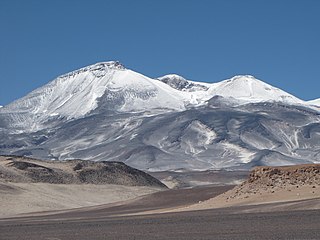
Peak bagging or hill bagging is an activity in which hikers, climbers, and mountaineers attempt to reach a collection of summits, published in the form of a list. This activity has been popularized around the world, with lists such as 100 Peaks of Taiwan, four-thousand footers, 100 Famous Japanese Mountains, the Sacred Mountains of China, the Seven Summits, the Fourteeners of Colorado, and the eight-thousanders becoming the subject of mass public interest.

Ski touring is skiing in the backcountry on unmarked or unpatrolled areas. Touring is typically done off-piste and outside of ski resorts, and may extend over a period of more than one day. It is similar to backcountry skiing but excludes the use of a ski lift or transport.
Established in 1889, the Scottish Mountaineering Club is a club for climbing and mountaineering in Scotland.

Jotunheimen is a mountainous area of roughly 3,500 square kilometres (1,400 sq mi) in southern Norway and is part of the long range known as the Scandinavian Mountains. The 29 highest mountains in Norway are all located in the Jotunheimen mountains, including the 2,469-metre (8,100 ft) tall mountain Galdhøpiggen. The Jotunheimen mountains straddle the border between Innlandet and Vestland counties.
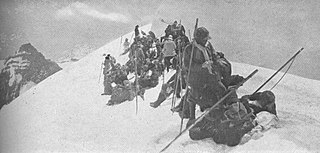
The Mountaineers is an alpine club in the US state of Washington. Founded in 1906, it is organized as an outdoor recreation, education, and conservation 501(c)(3) nonprofit organisation, and is based in Seattle, Washington. The club hosts a wide range of outdoor activities, primarily alpine mountain climbing and hikes. The club also hosts classes, training courses, and social events.
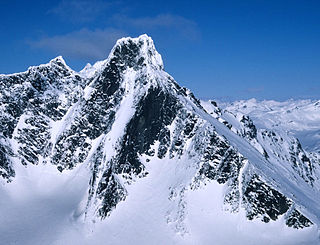
Store Skagastølstind is the third highest peak in Norway. It is situated on the border between the municipality of Luster and Årdal in Vestland county, Norway. The 2,405-metre (7,890 ft) mountain is part of the Hurrungane range. The mountains Vetle Skagastølstind and Midtre Skagastølstind lie immediately to the north of this mountain and the mountains Sentraltind and Jervvasstind lie immediately to the east of this mountain.
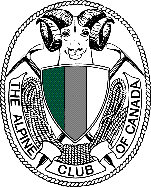
The Alpine Club of Canada (ACC) is an amateur athletic association with its national office in Canmore, Alberta that has been a focal point for Canadian mountaineering since its founding in 1906. The club was co-founded by Arthur Oliver Wheeler, who served as its first president, and Elizabeth Parker, a journalist for the Manitoba Free Press. Byron Harmon, whose 6500+ photographs of the Canadian Rockies in the early 20th century provide the best glimpse of the area at that time, was official photographer to the club at its founding. The club is the leading organization in Canada devoted to climbing, mountain culture, and issues related to alpine pursuits and ecology. It is also the Canadian regulatory organization for climbing competition, sanctioning local, regional and national events, and assembling, coaching and supporting the national team.

Elizabeth Hawley was an American journalist, author, and chronicler of Himalayan mountaineering expeditions. Hawley's The Himalayan Database became the unofficial record for climbs in the Nepalese Himalaya. She was also the honorary consul in Nepal for New Zealand.
The Alpine Club was founded in London in 1857 and is the world's first mountaineering club. The primary focus of the club is to support mountaineers who climb in the Alps and the Greater Ranges of the world's mountains.
Ferdinand Schjelderup was a Norwegian mountaineer, Supreme Court Justice and resistance member during the German occupation of Norway.
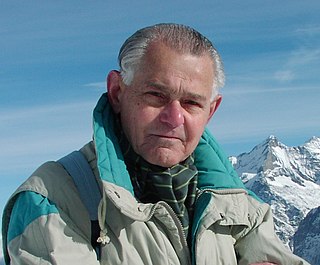
Trevor Hyam Braham was a British Himalayan explorer and mountaineer, mostly active during the mid-20th century.
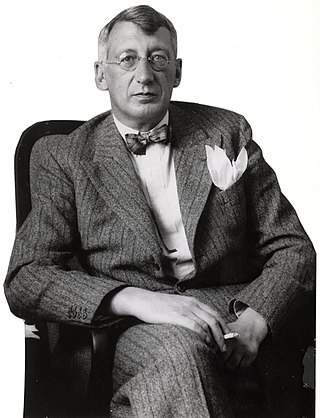
Carl Wilhelm Rubenson was a Swedish-born Norwegian mountaineer and non-fiction writer.
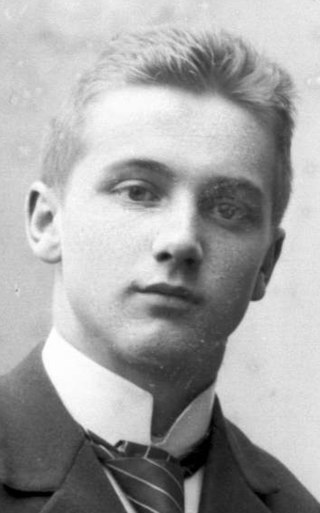
George Wegner Paus, often known as George Paus, was a Norwegian lawyer, mountaineer, skiing pioneer, sailor, rower, poet, diplomat and business executive.
Eleanor "Len" Winthrop Young (1897–1994) was a British climber. She was a co-founder and the first president of the Pinnacle Club, a British women's climbing club, and made numerous ascents in the Alps and many in the United Kingdom.
Howard Priestman was a British mountaineer, photographer, and cartographer. He was among the most renowned mountaineers from the late 19th century to the early 20th century, known for numerous first ascents in areas such as Jotunheimen and Northern Norway.

Norway, the Northern Playground: Sketches of Climbing and Mountain Exploration in Norway between 1872 and 1903 is a 1904 book on mountaineering in Norway by British mountaineer William Cecil Slingsby. The book tells the story the first ascents of many of the most challenging peaks in Norway and contributed greatly to popularizing mountaineering in Norway—particularly in Jotunheimen—among the international and especially British mountaineering community, which had thus far largely focused on the Alps. It was published in Edinburgh by Scottish publisher David Douglas in 1904, with 425 pages, 32 full page illustrations, 9 maps and 70 vignettes. A second revised edition was published in 1941, edited by Slingsby's daughter Eleanor Slingsby and with a short biography of William Cecil Slingsby authored by Geoffrey Winthrop Young.
















